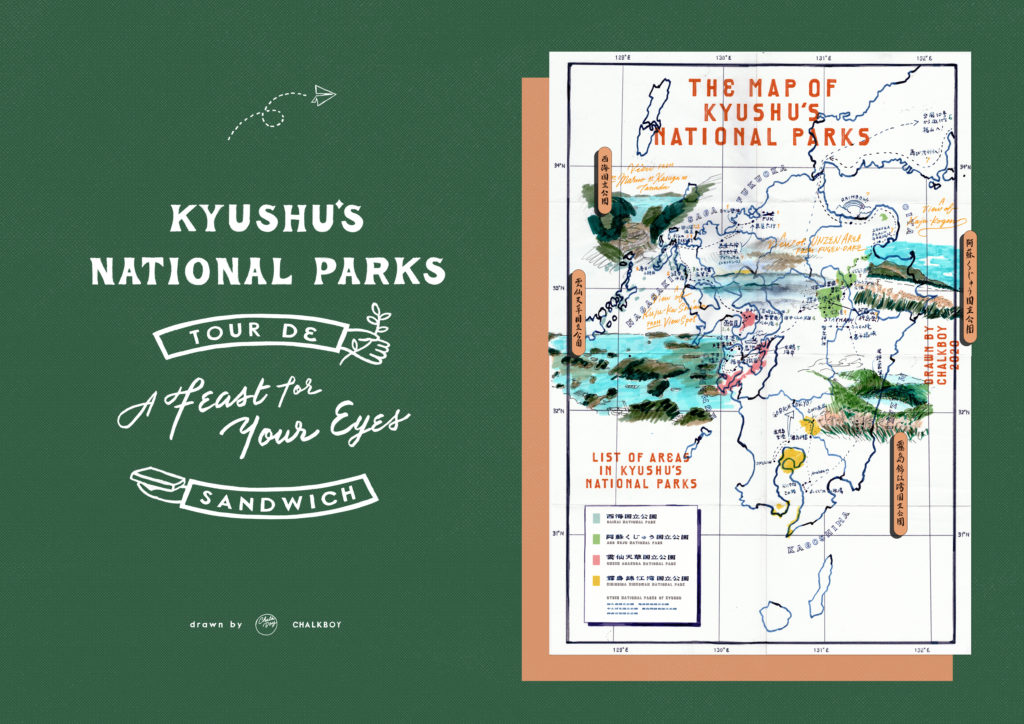
Meeting the movers and shakers
Farmers up and down Japan are working hard every day to grow safe and healthy vegetables. One traveling greengrocer visits these farmers and sells their fresh, delicious produce in Yokohama, less than an hour’s drive south of Tokyo. This is Micotoya, headed by Teppei Suzuki. For this issue of PAPERSKY, we explored Kyushu with Teppei as our guide. Our other guest, CHALKBOY, is a team member of Teppei’s tours of Japan. CHALKBOY is responsible for the artistic expression of Teppei’s activities, and the composition of music and visuals for food events. The two guests acted as our consultants and gave us advice on destinations throughout the road trip.
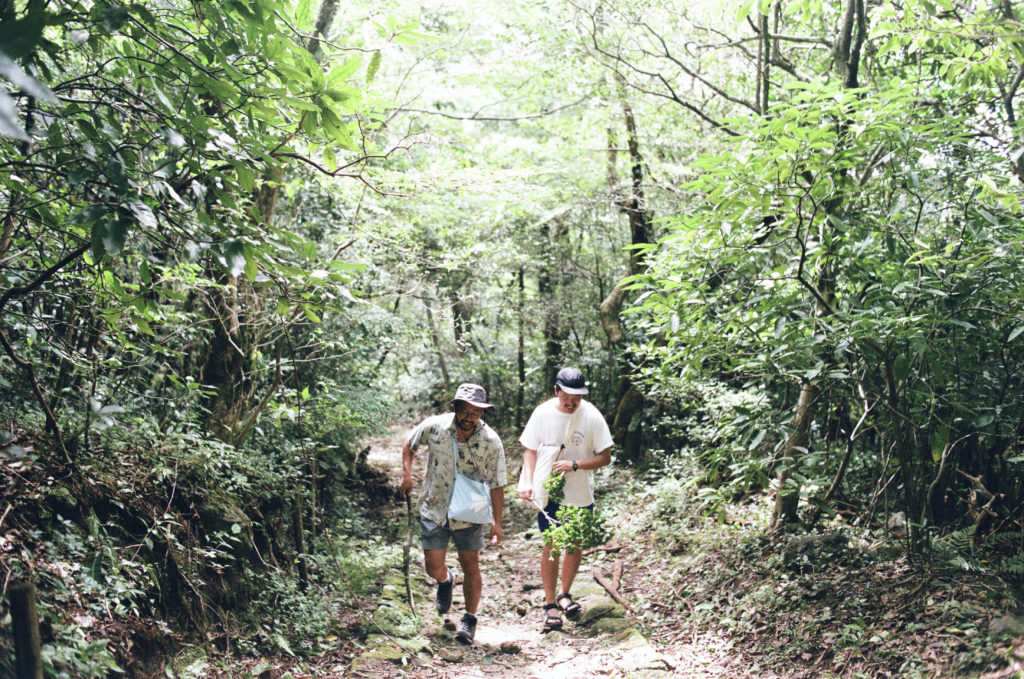
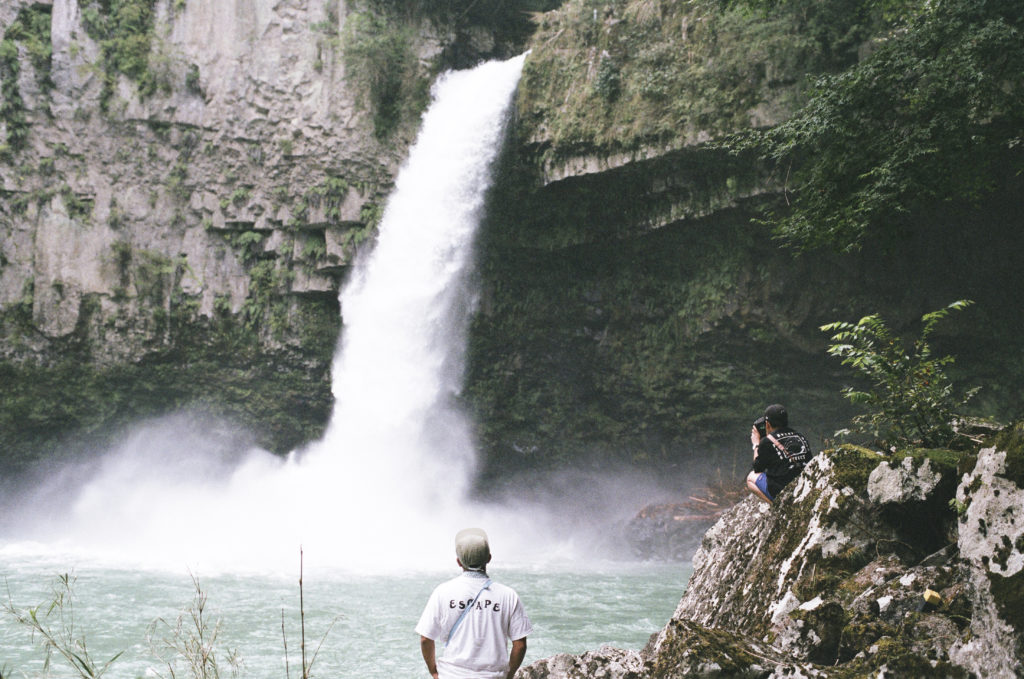
Teppei has traveled to Kyushu many times. Fukuoka, Saga, Nagasaki, Kumamoto, Oita, Miyazaki, and Kagoshima—having been to all seven prefectures in this single trip, what is the special attraction of Japan’s third largest island?
“The vegetables and landscapes are amazing, but for me, the greatest attraction is the people. In the Tohoku region of northern Japan, for example, the people are always ready to help one another because that’s how they endure the heavy snow of the winter. In the southern island of Kyushu, by contrast, the people are strong-willed and intent on taking the lead and changing the world. That’s the pleasure of visiting Kyushu—meeting these producers with strong personalities. When you meet growers who are taking on challenges or trying to do something new, their courage rubs off on you.”
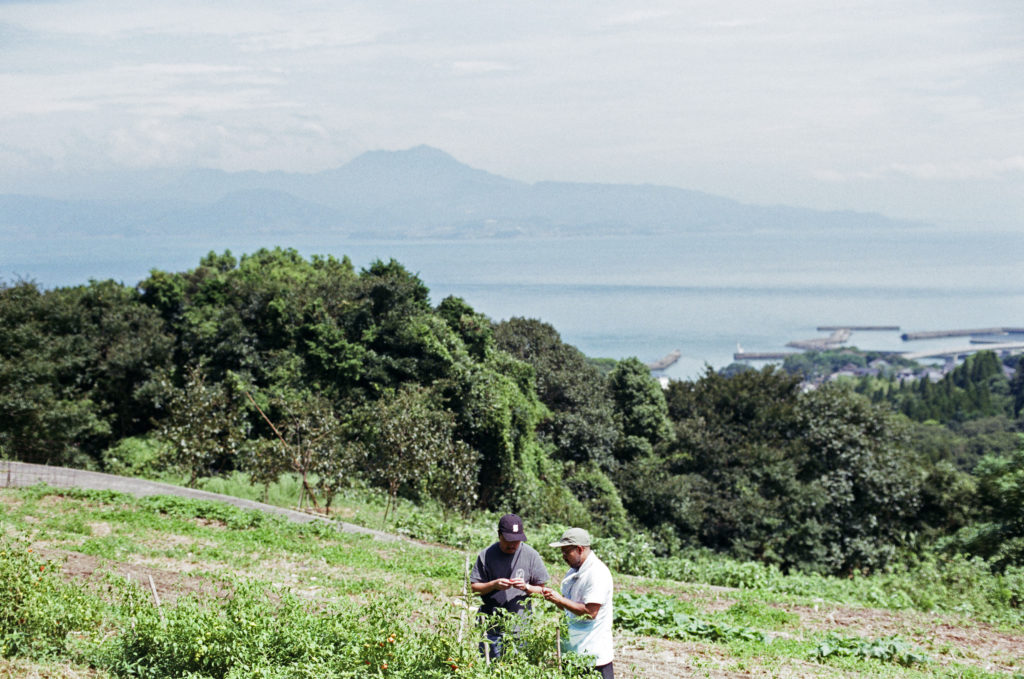
True to his word, Teppei took us to meet countless movers and shakers across Kyushu. Though the size of their challenge may have varied, each had an incredible determination to press on with their belief and the creativity to invent their own new way of doing things. Their cheerful stories about overcoming one hurdle after another had a great impact on us. In early September when we planned our trip, the summer was fading and Kyushu was struck by not one but two large typhoons, forcing us to design a route around the weather. One day before a typhoon was forecast to hit, we were walking through Teruaki Baba’s fields in Amakusa.
“It’s no use being afraid of a typhoon. If it destroys the fields, I’ll just make them again from scratch. I’m not even worried.”
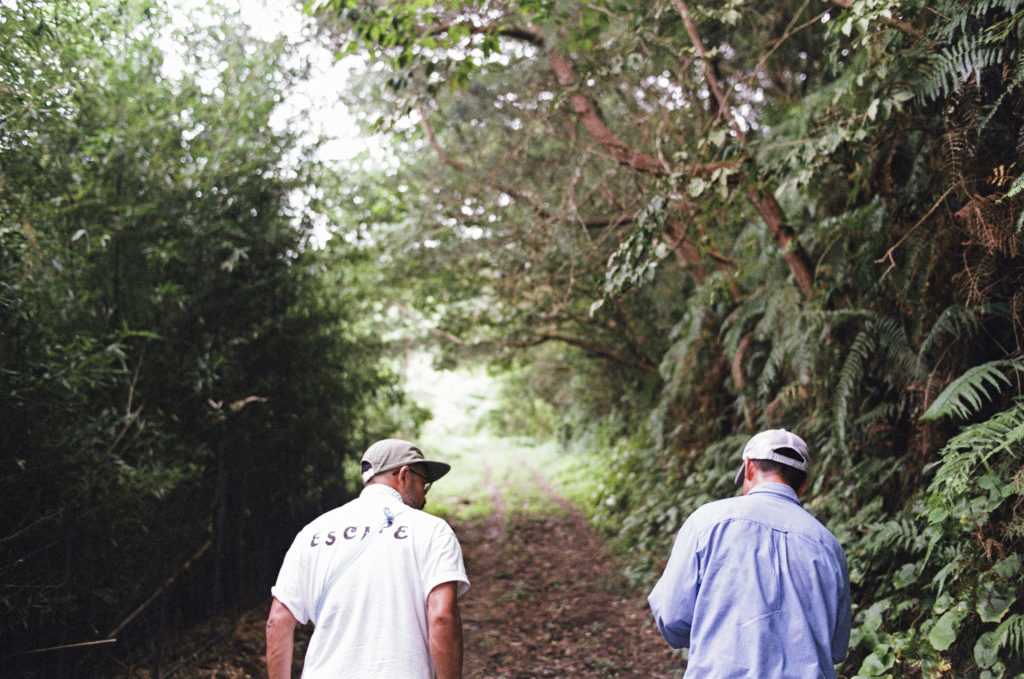
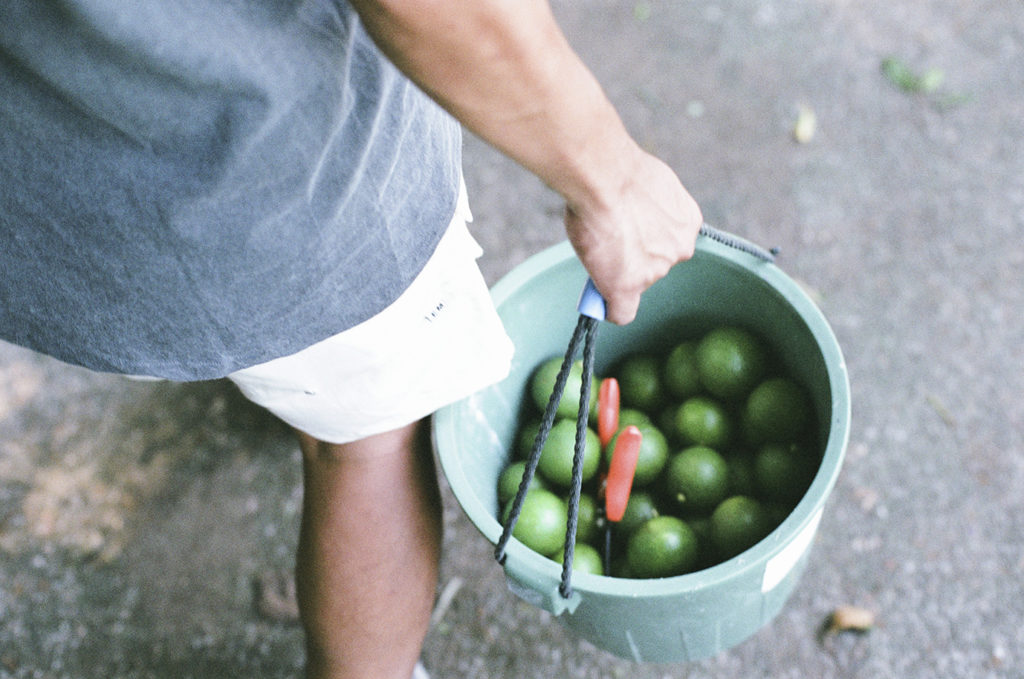
How nonchalant, considering that a massive typhoon was heading his way. Teppei said Mr. Baba is the epitome of the indomitable spirit of Kyushu’s producers.
“Being constantly under the threat of nature really toughens up their souls. Those of us who live in the city depend on various systems and infrastructures. But they coexist with nature in the course of their daily lives, and I think this hones their survival skills. If water isn’t available nearby, they find a means to draw it from the source. Quite a few growers even generate their own electricity. I always admire their grit and learn so much, and above all, I’m hopelessly attracted to these people who lead tough lives and keep on growing sound, delicious vegetables. Our team members at Micotoya like the vegetables, certainly, but we love the people.”
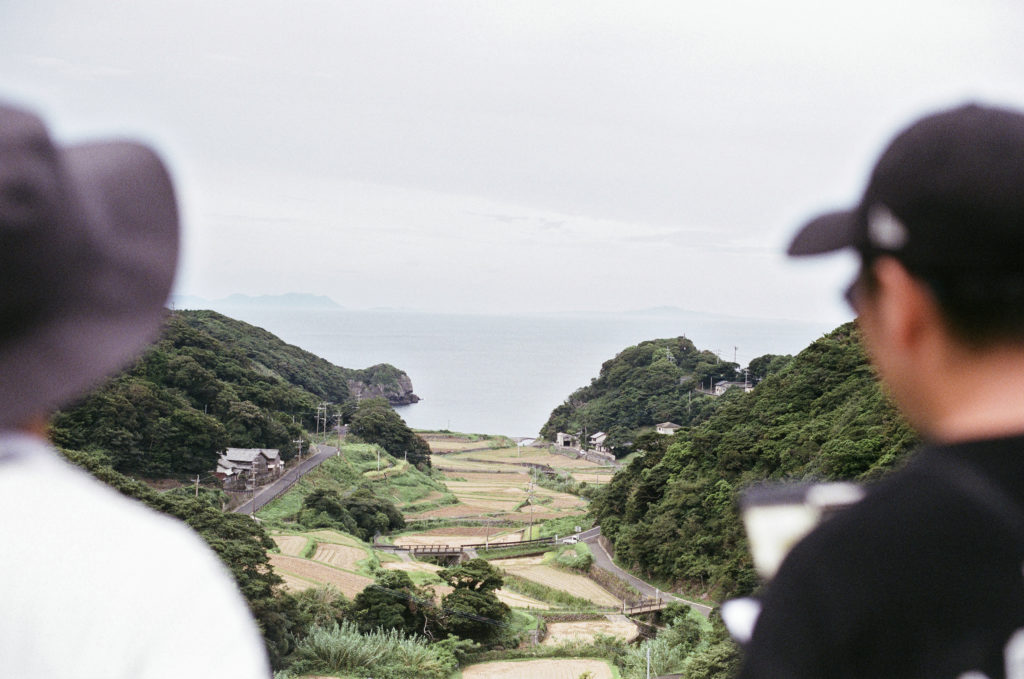
CHALKBOY has traveled nationwide with Teppei. What does he have to say about our trip this time to visit Kyushu’s producers?
“I like tasting the delectable vegetables and discovering how and where they’re grown, but I travel with Teppei mainly because I’m interested in the growers’ backgrounds. This trip satisfied my curiosity and offered new discoveries every day. For two weeks, we drove all over Kyushu and met so many people, and yet I’m left with a list of all the people we couldn’t see and the places we couldn’t go. I’m burning with the urge to go back to Kyushu soon. Only a good trip can make you feel that way.”
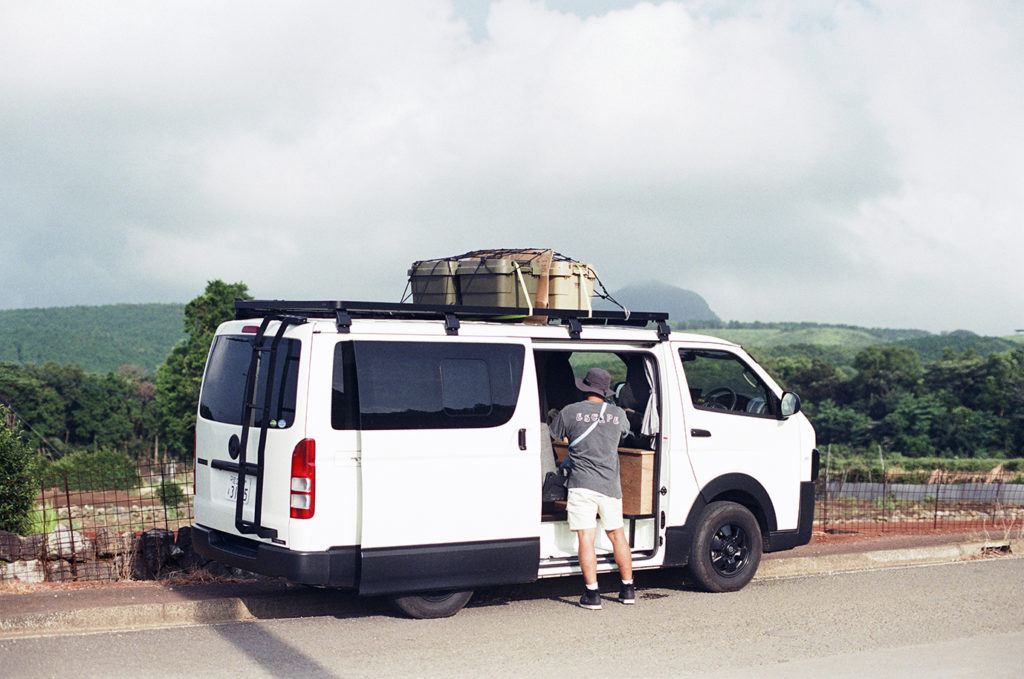
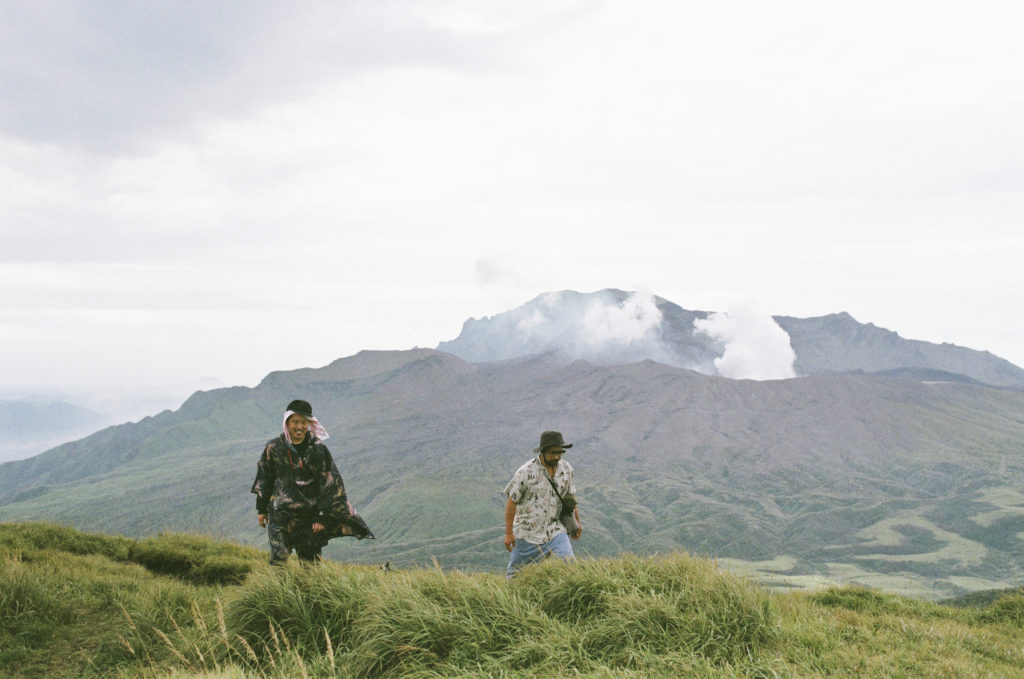
Tasting the produce with the whole body
In Miyazaki, we met Junichi Kato, who said good-bye to his job in the city and started farming out of the blue. Working as a web designer around the clock, day in, day out—this life had started to feel meaningless, and he decided to jump into the world of miso production. Now he uses his whole body to grow his crops and make consumers smile. Mr. Kato’s story won the empathy of CHALKBOY.
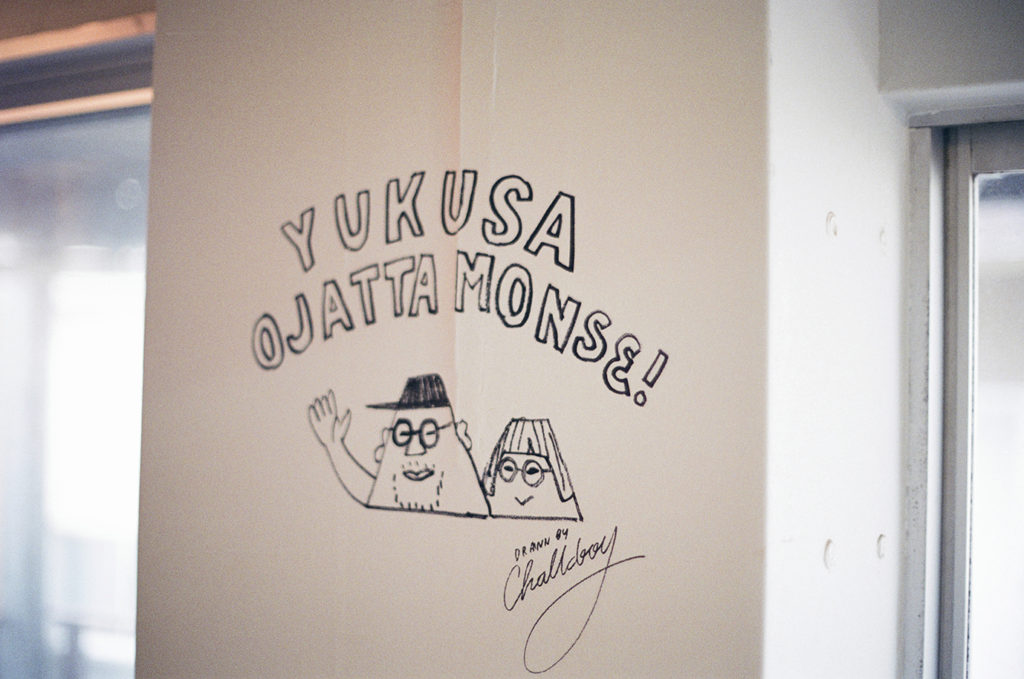
“I understand where Mr. Kato is coming from because I use my hands to draw. I spend minutes drawing what a computer can complete in five seconds. Frankly, what I do is a pain. My reward is the physical sensation of creating every line, every design element. This is important to me. I like having that sensation. I think Mr. Kato is also feeling a pleasant sense of weariness that he didn’t feel as a web designer in the city. It helps that farm work finishes at sunset—having a clear end of the workday is healthy. His work schedule is now in sync with his physical 24-hour cycle, and he is clearly comfortable with that. Nowadays, you can get pretty much any job done on the computer without ever leaving your desk. But a job that gives you the pleasure and weariness of moving your body is sounder and healthier. Sure, it’s nice to be efficient and convenient. But it doesn’t tell the whole story.”
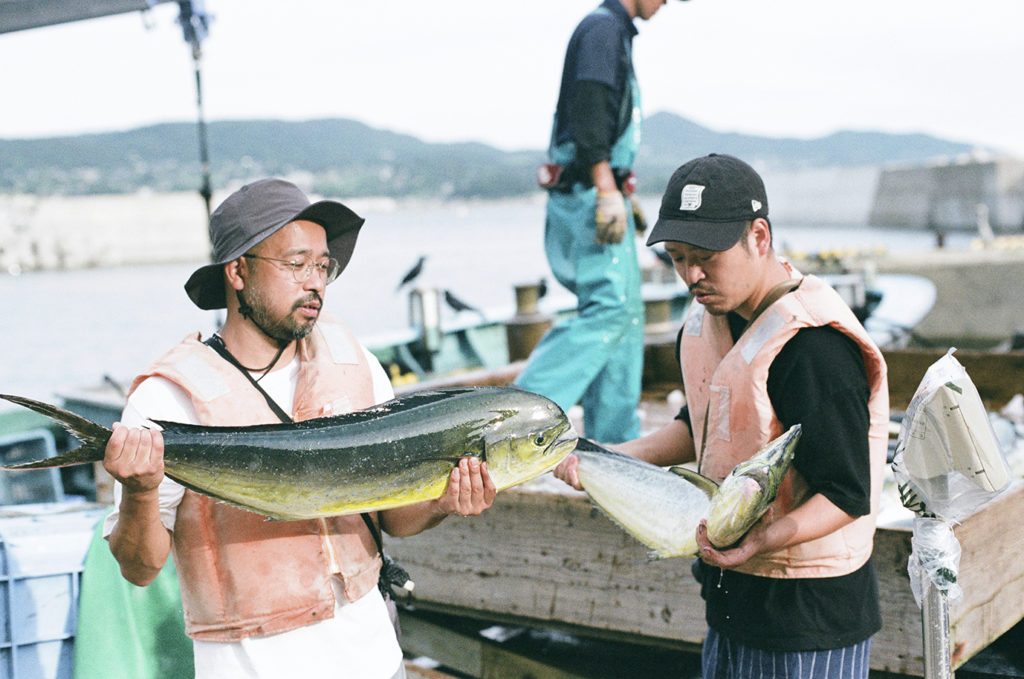
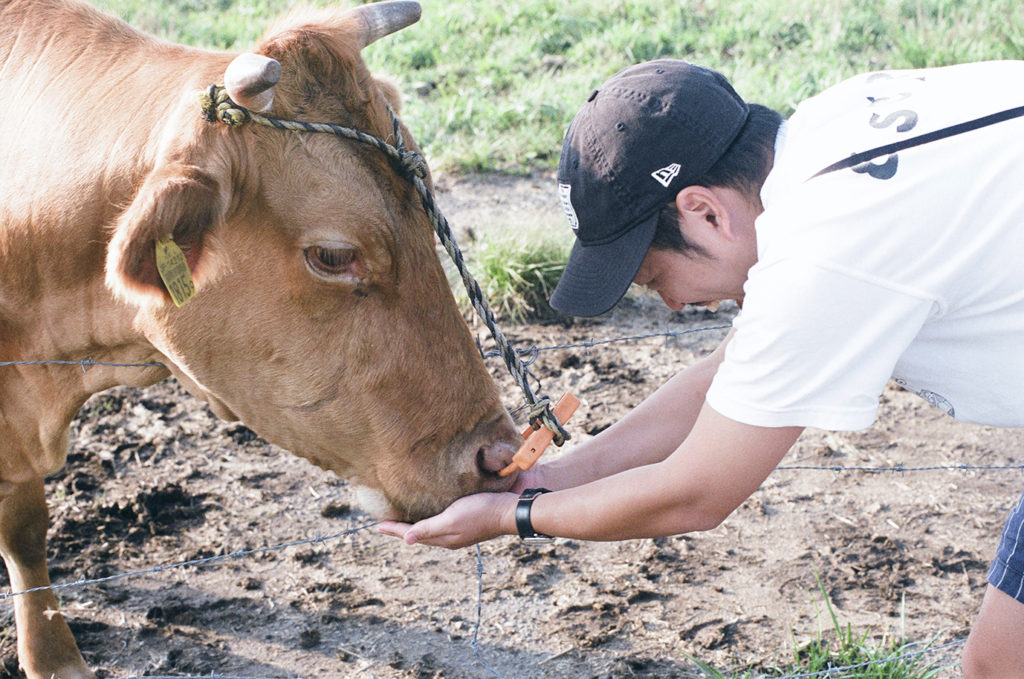
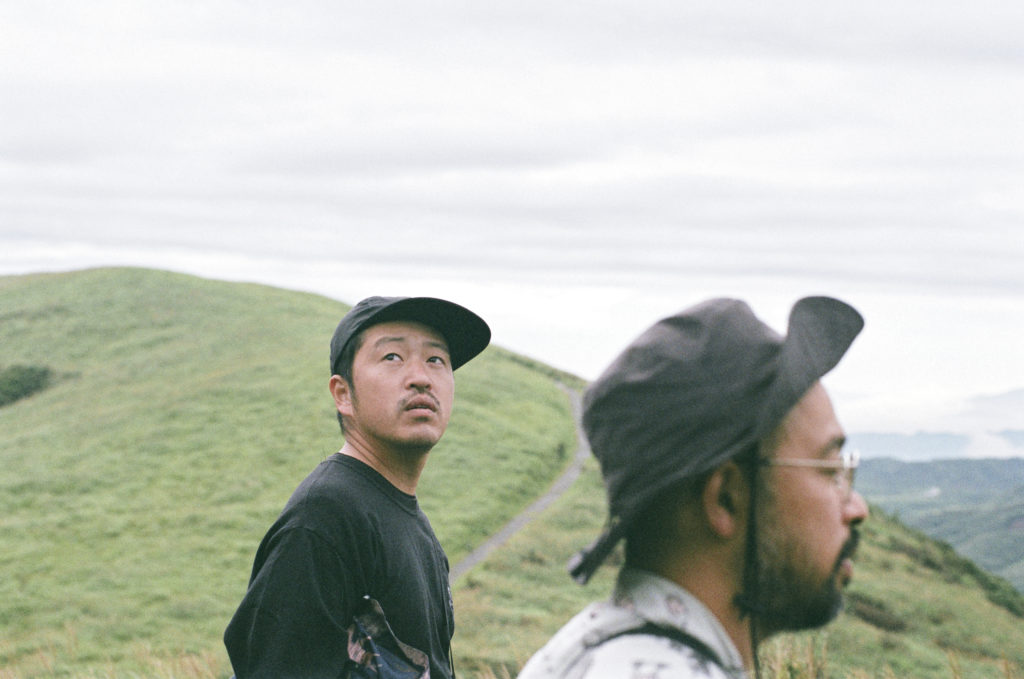
We felt the field’s soil with our hands, tasted the fresh produce, took in the view, climbed back into the van, and headed to our next destination. Having eaten healthy and delicious vegetables, meat, and fish throughout our road trip, the takeaway was the rich climate of Kyushu and the strong, sturdy lives of the residents. Teppei brought our journey to a conclusion.
“Vegetables ought to be grown organically. This is important to us, and yet it isn’t the story we want to tell at Micotoya. We want to tell the story behind the product and enhance its appeal. A story might be emotional; it might be humorous. A producer might seem laid back but actually have unrivaled skills and be quite a talker. The vegetables and the meat reflect the heart and soul of the producers. The taste of the product is a concentration of the people behind it. We want the consumers to taste and feel everything. I hope everyone who reads this story in PAPERSKY will want to taste the products introduced here in person.”
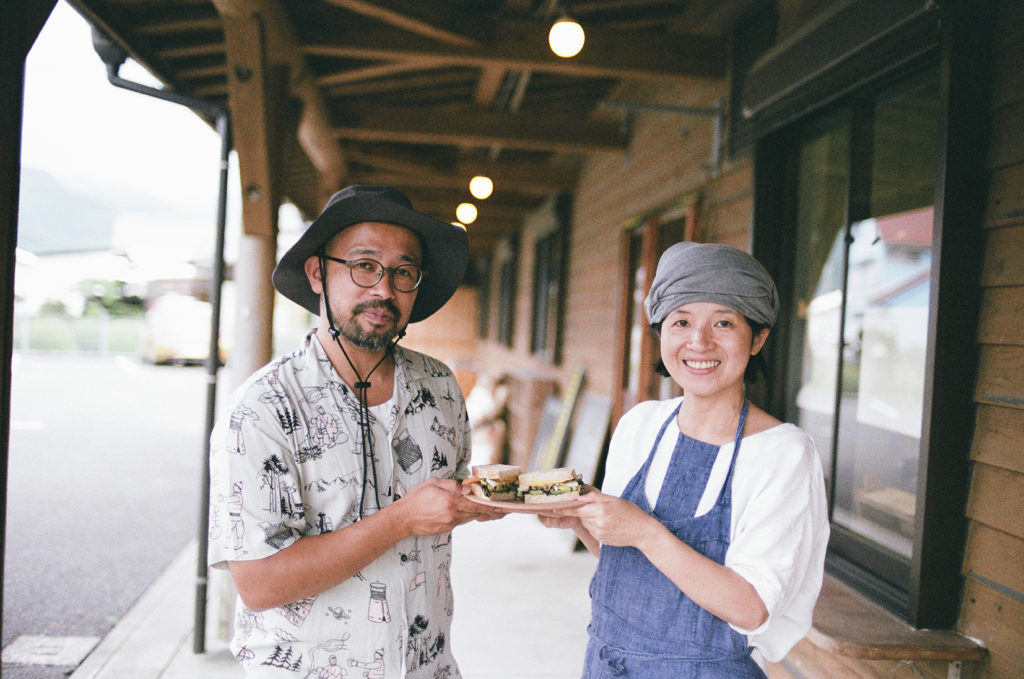
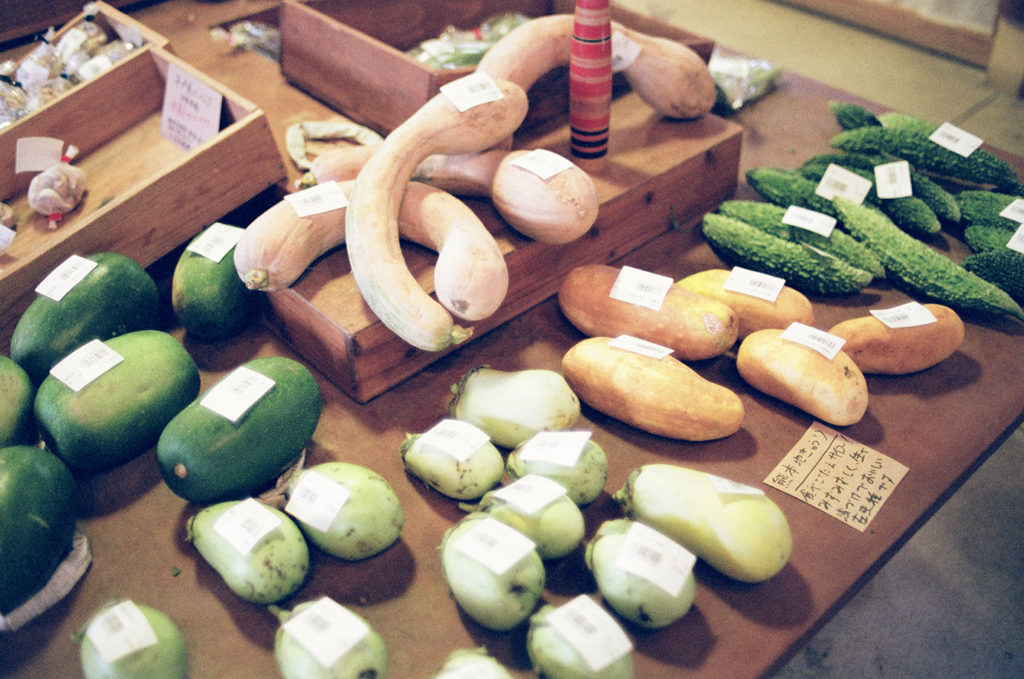
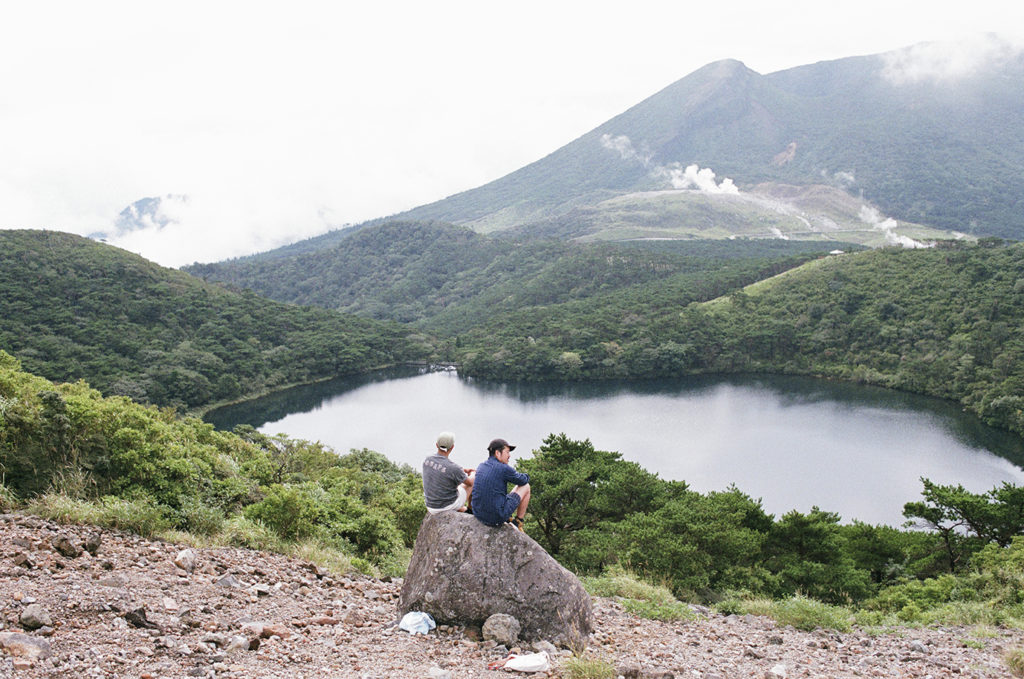
Teppei Suzuki
Teppei Suzuki and his high school classmate Toru Yamashiro launched the traveling greengrocer busines Micotoya in 2010, making pilgrimages to farmlands from northern to southern Japan, selecting and selling delicious vegetables, and organizing food events and workshops nationwide.
CHALKBOY
CHALKBOY was introduced to the world of chalk art when he was put in charge of the café menu chalkboard at his part-time job. At present, he provides artwork to restaurants, companies, and the media in and outside Japan; organizes and conducts performance events and workshops; and serves as president of the organization What a Hand-Written World! (WHW). CHALKBOY has published What a Hand-Written World! (Shufunotomo).












